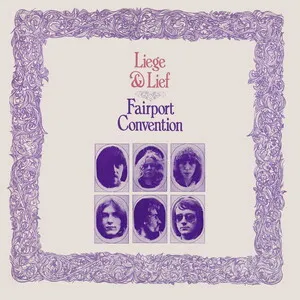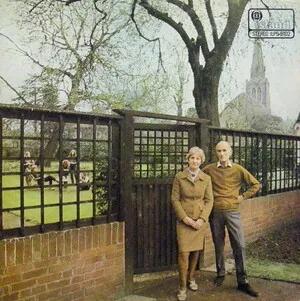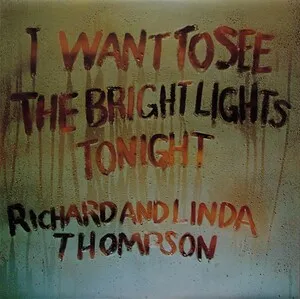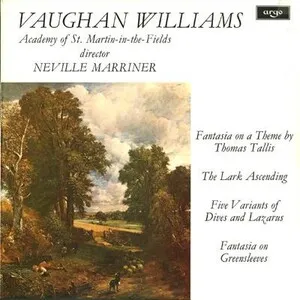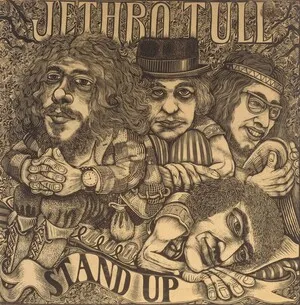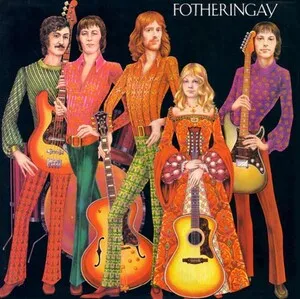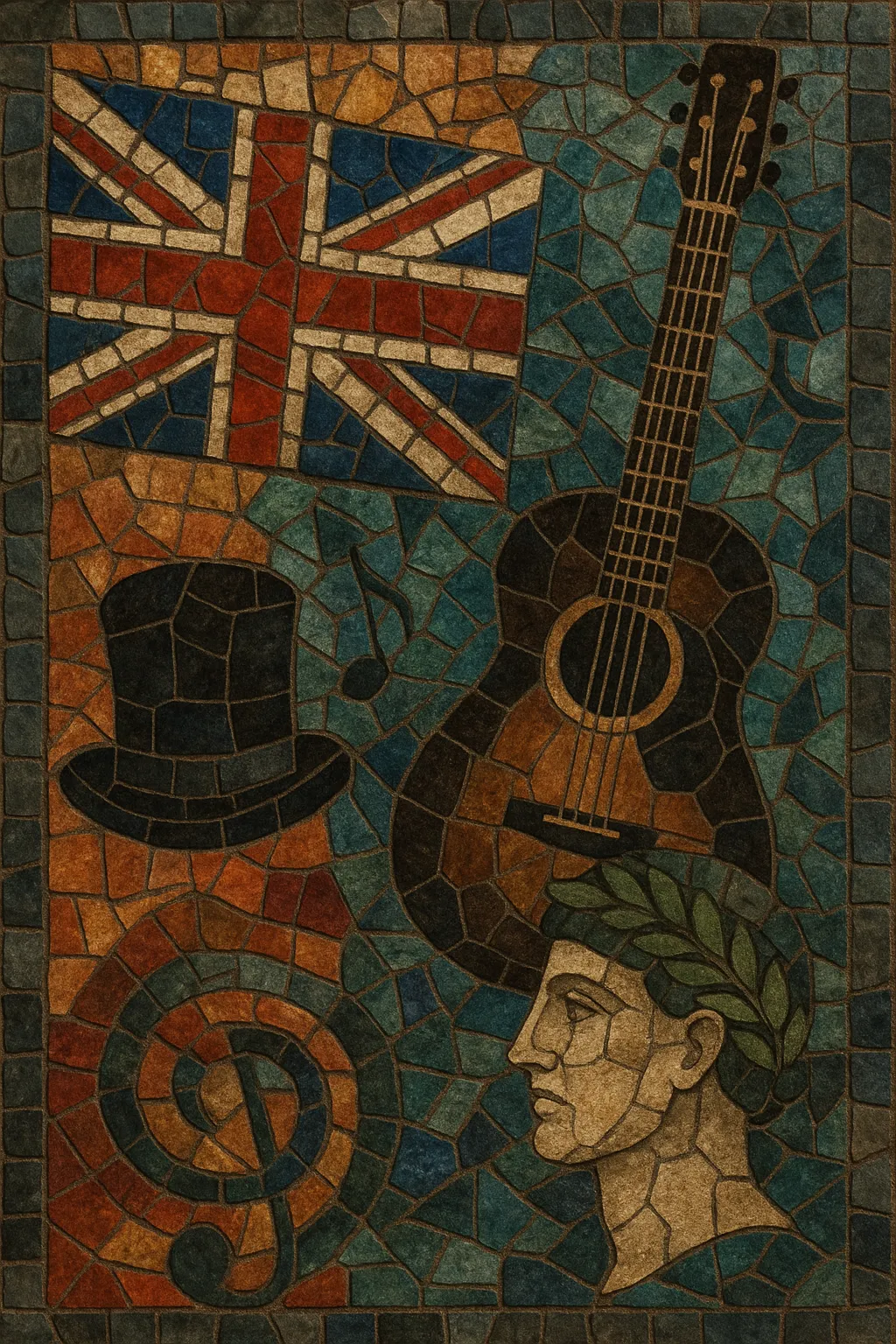
British music is an umbrella term for the musical traditions and innovations that emerged from the United Kingdom, spanning folk, sacred, classical, and popular forms.
Rooted in medieval and Renaissance church and court music, it absorbed Celtic and English folk traditions, later contributing decisively to Western classical repertoire and, in the 20th century, to globally dominant popular styles. From madrigals and cathedral choirs to the symphonic works of Purcell, Elgar, and Britten—and from skiffle and the British Invasion to punk, metal, electronic dance music, and grime—British music emphasizes melody, lyrical storytelling, and a spirit of hybridization.
In popular culture, Britain repeatedly catalyzed world trends: the 1960s beat and rock explosion, 1970s hard rock and heavy metal, late-1970s punk and post-punk, 1980s synth-pop and new wave, 1990s Britpop and electronic subcultures, and 2000s–present urban and club styles like grime, drum and bass, and UK drill.
Britain’s earliest documented traditions include monastic chant and liturgical practice, later blossoming into courtly and public music. In the 1500s and early 1600s, the English Renaissance produced madrigals, consort music, and rich choral traditions shaped by Anglican worship and polyphony. Folk idioms from England, Scotland, and Wales provided enduring dance forms, ballads, and storytelling.
Henry Purcell’s late-17th‑century output put English opera, masque, and sacred music on the European map. Through the 18th and 19th centuries, oratorio, hymnody, and salon music flourished alongside public concert culture. The Victorian period elevated large choral societies and band traditions, while composers like Edward Elgar connected pastoral identity to symphonic form.
Ralph Vaughan Williams, Gustav Holst, and Benjamin Britten fused folk sources and modern harmonies, strengthening a distinct British voice in classical music. Simultaneously, music hall, dance bands, and jazz-influenced ensembles popularized entertainment and social dancing.
Skiffle and imported blues/rock and roll ignited a youth movement. The Beatles, Rolling Stones, and The Who led the British Invasion, reshaping global rock, songwriting craft, and studio production.
Britain pioneered heavy metal (Led Zeppelin, Black Sabbath), progressive rock (Pink Floyd), punk (Sex Pistols, The Clash), post‑punk and new wave, plus synth‑pop and goth. Independent labels and BBC radio nurtured experimentation and DIY culture.
Britpop renewed guitar pop while jungle and drum and bass revolutionized breakbeat culture. UK garage, grime, dubstep, and UK drill defined new urban and club languages. Shoegaze, trip hop, post‑rock, and electronic subcultures continued Britain’s cycle of innovation, influencing scenes worldwide.
Blend strong melodies with memorable hooks and clear lyrical narratives. British styles often juxtapose tradition and modernity—folk inflections or choral harmony can meet rock rhythm sections, electronic textures, or orchestral color.

